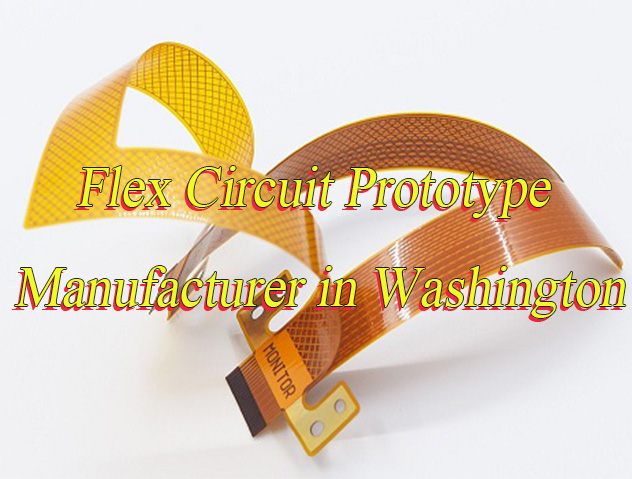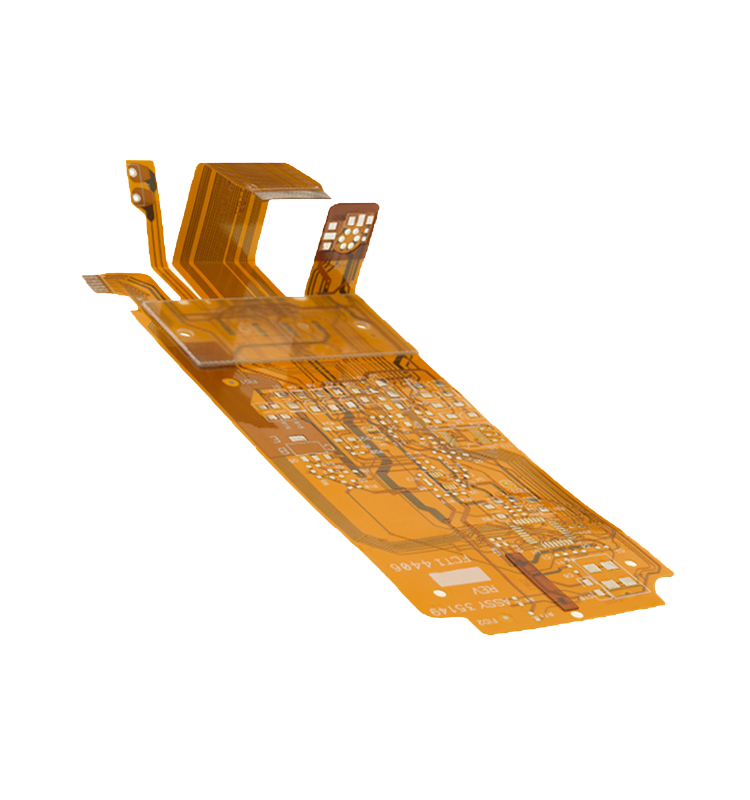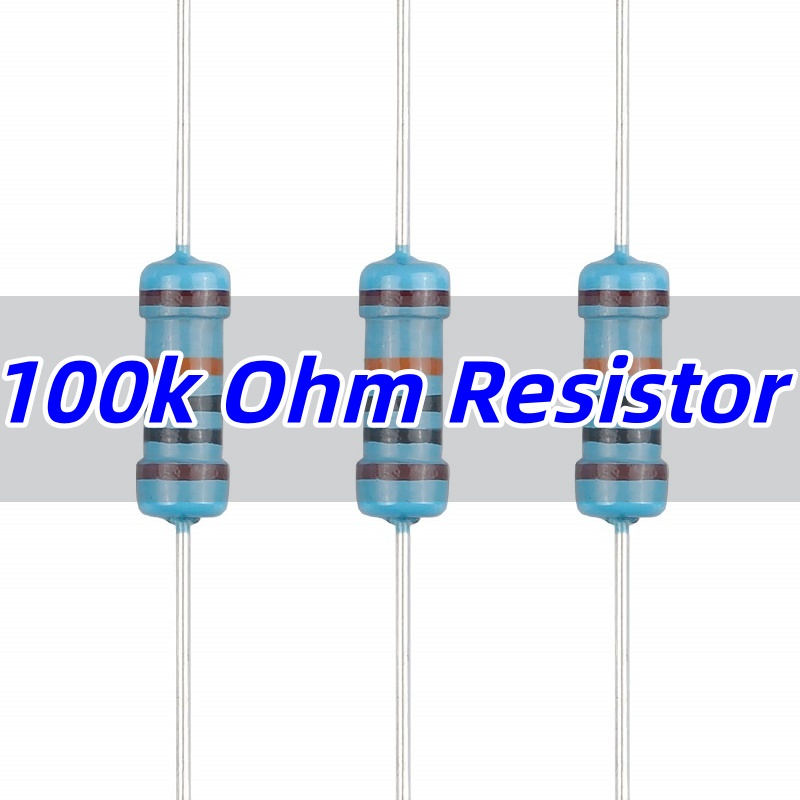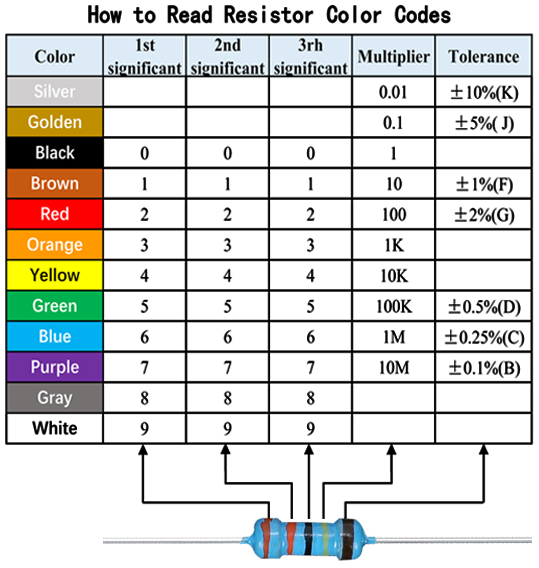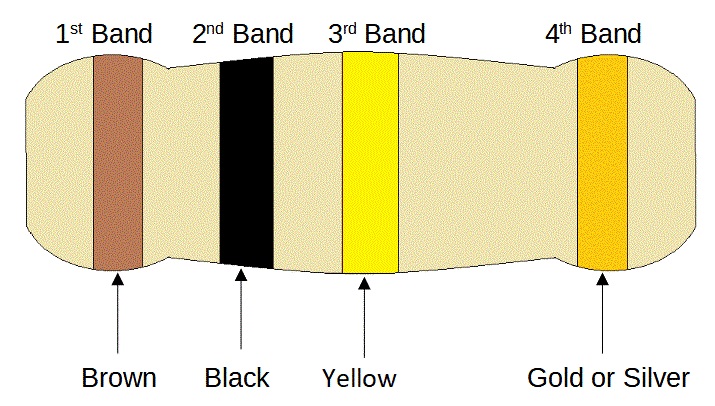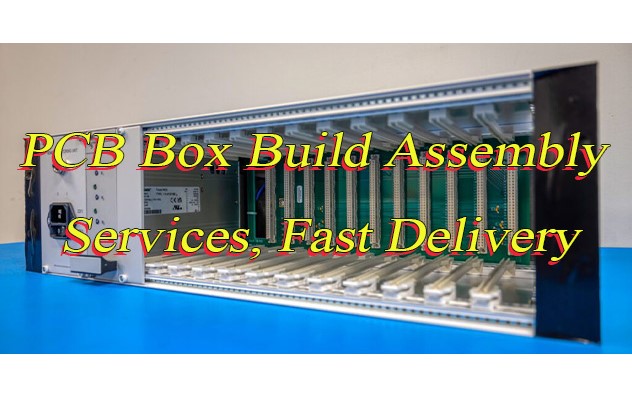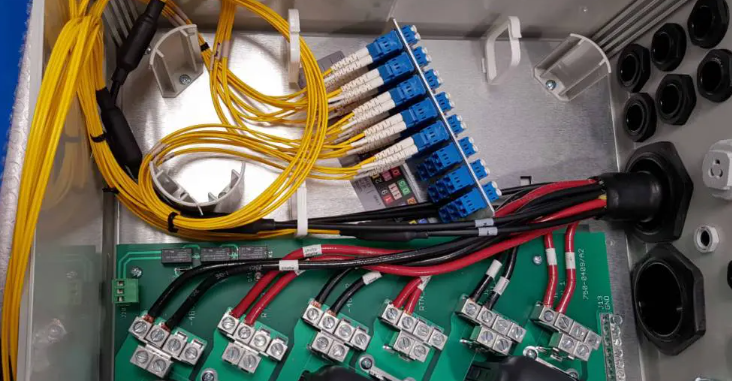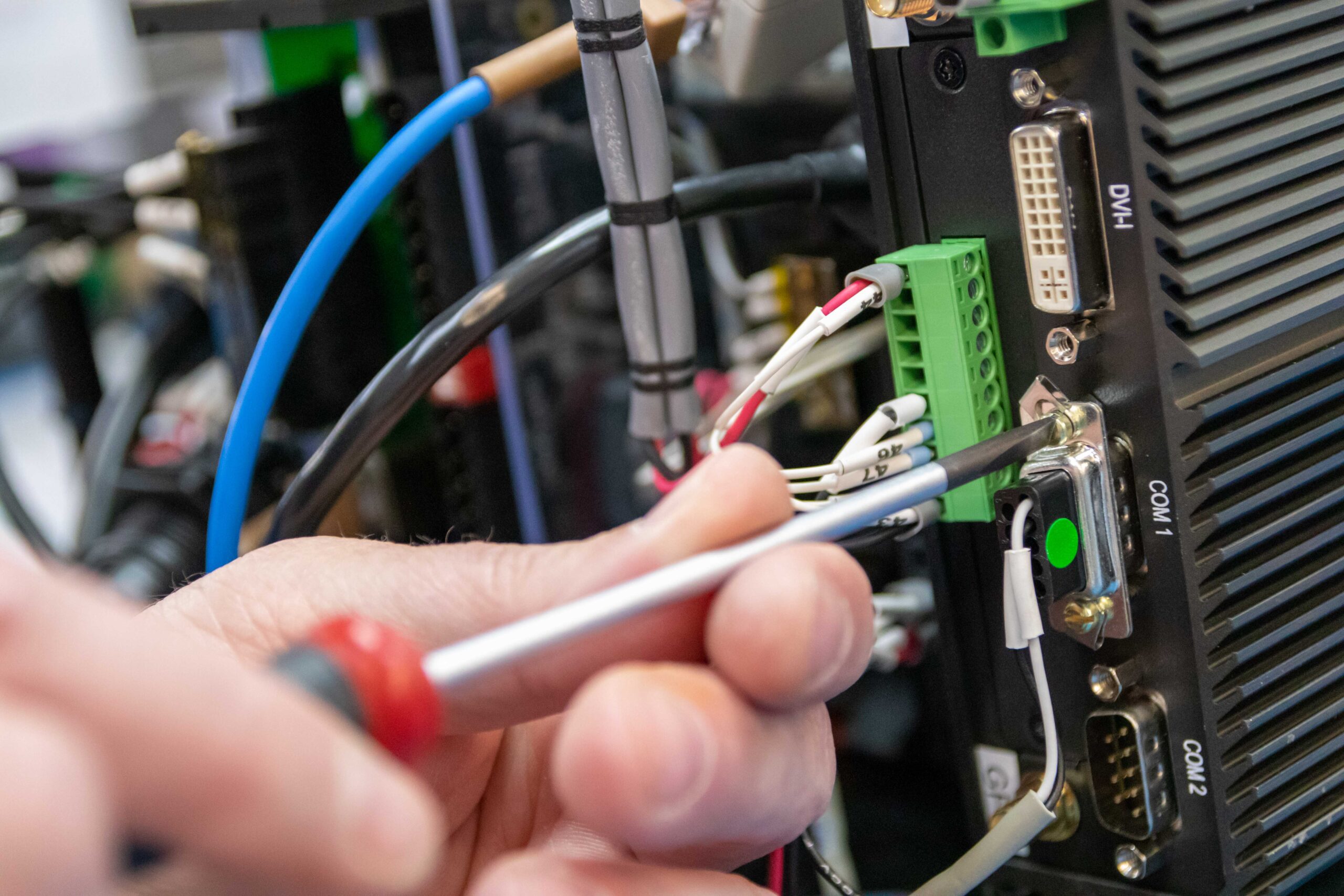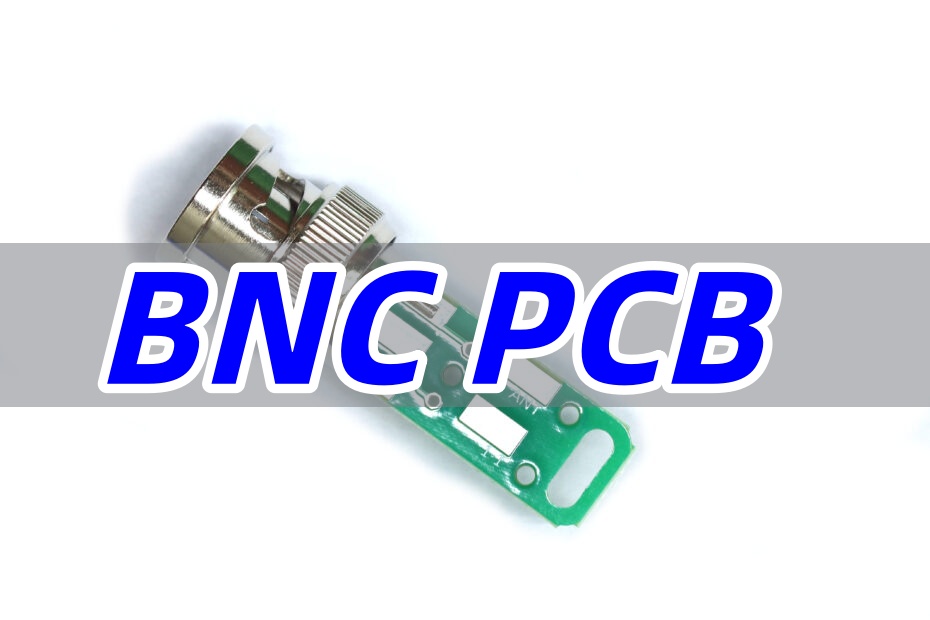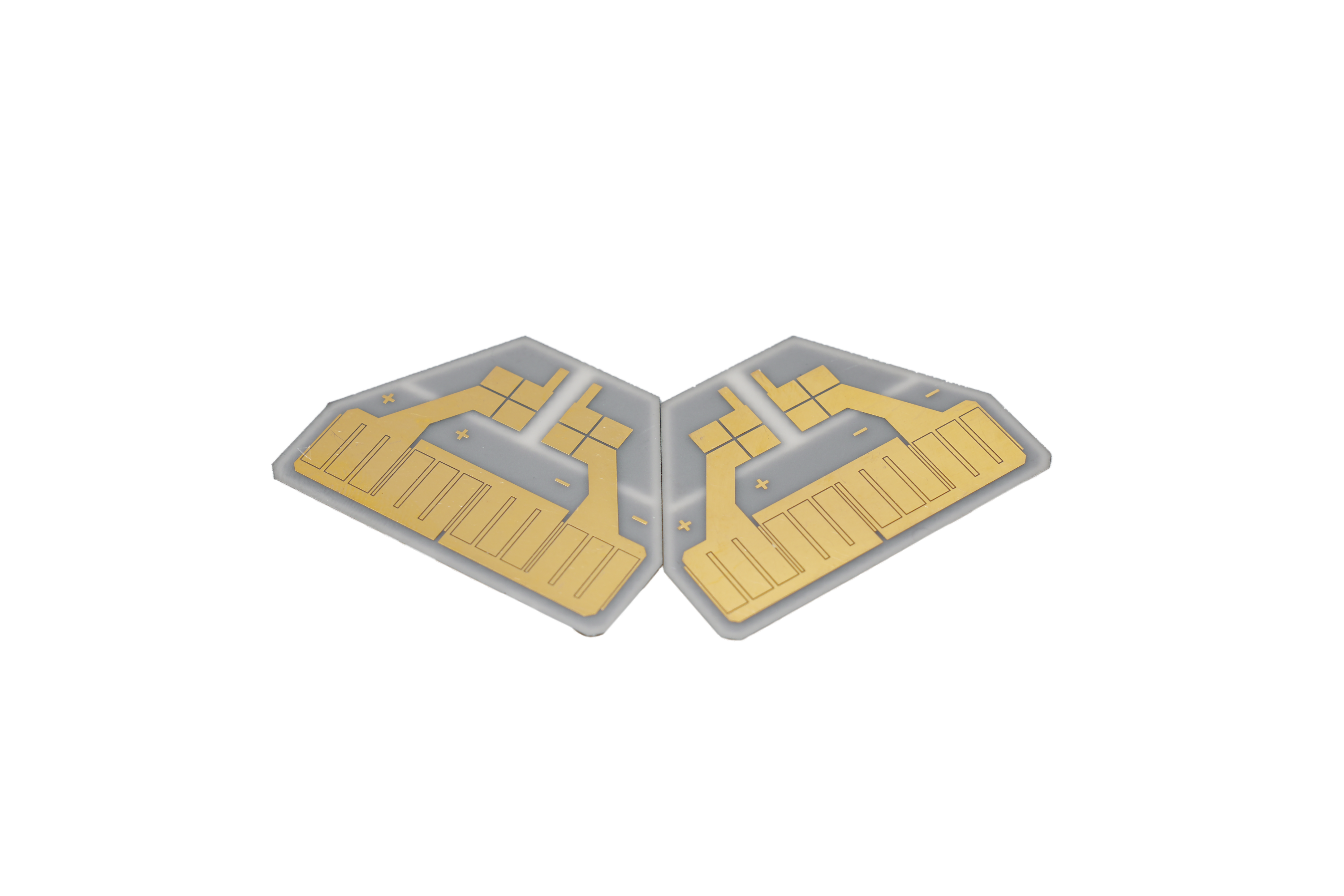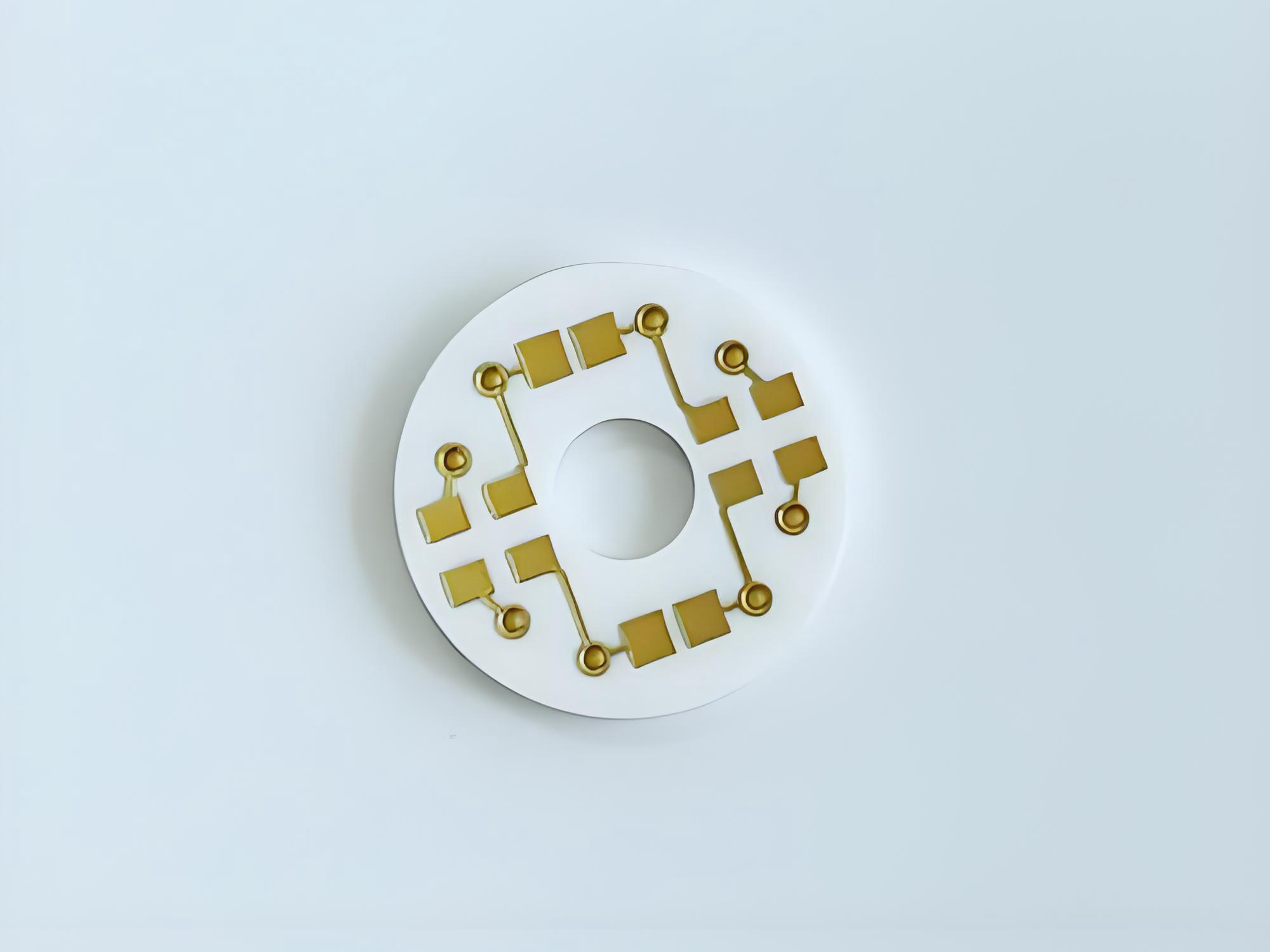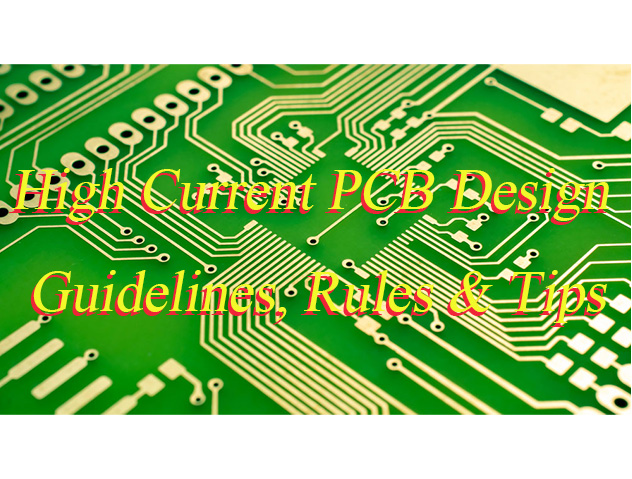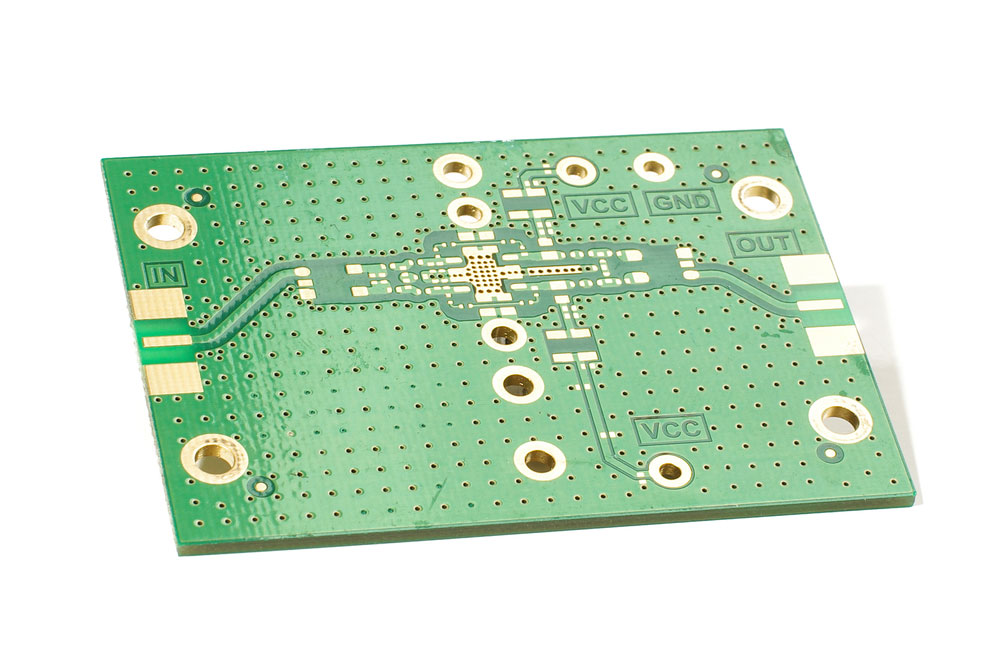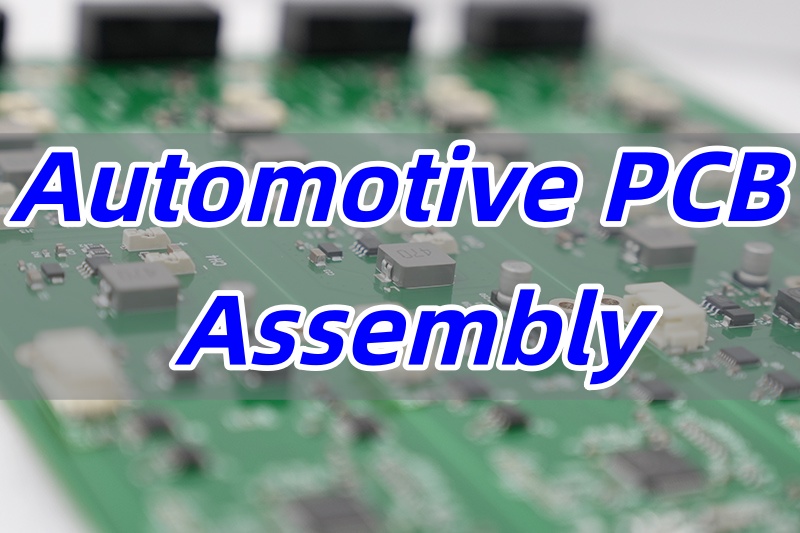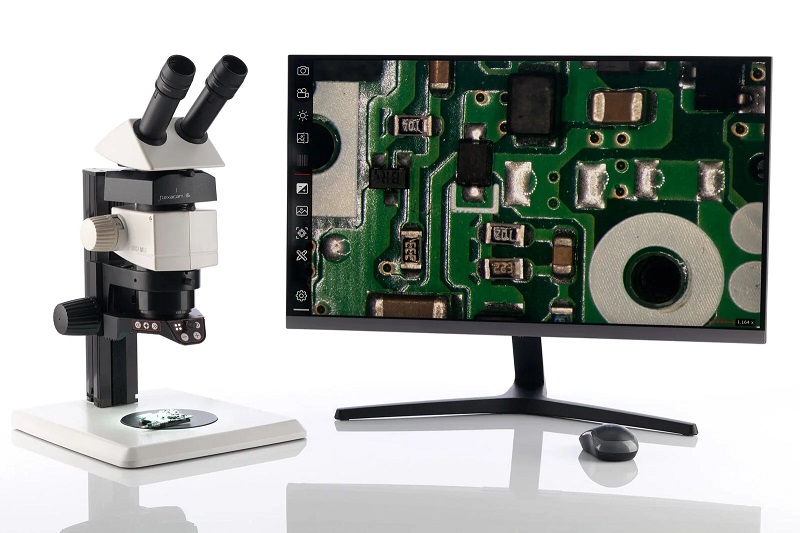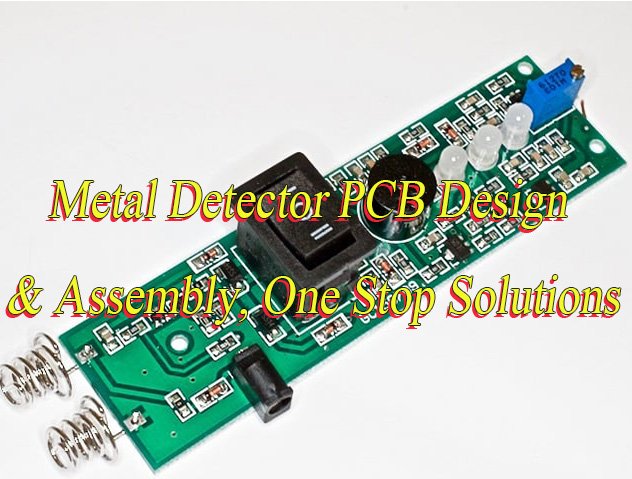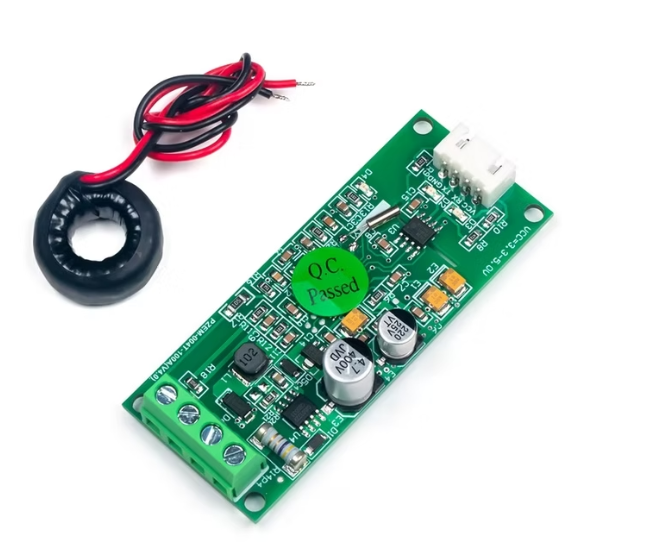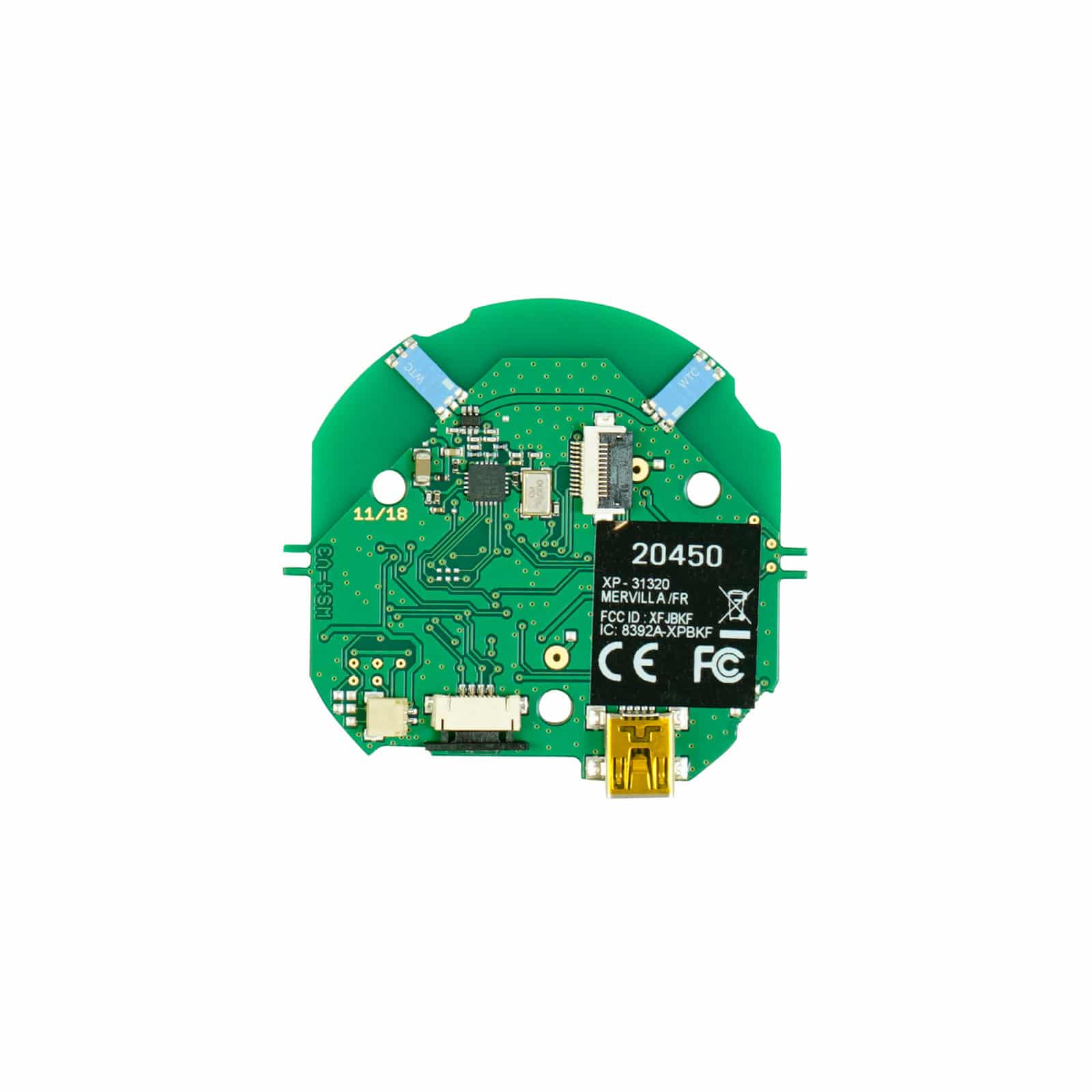A PCB video card (Printed Circuit Board video card) is a circuit board that integrates the GPU and its related electronic components to process and output video signals. This article will deconstruct the elements‚ÄĒfrom materials and layout to manufacturing quality‚ÄĒthat separate a mediocre graphics card from a truly high-performance and reliable one.
Are you frustrated by graphics card failures, thermal throttling, or unstable overclocks? These common issues often stem not from the GPU itself, but from an inferior underlying Printed Circuit Board (PCB). The core challenges users face include:
- ‚ÄčPoor Thermal Management:‚Äč‚Äč Cheap PCBs with insufficient layers or poor material quality struggle to dissipate heat, leading to high GPU and VRM temperatures.
- ‚ÄčPower Delivery Instability:‚Äč‚Äč Inadequate PCB design with weak Voltage Regulator Modules (VRMs) and thin power traces causes voltage droops and system crashes under load.
- ‚ÄčPhysical Fragility:‚Äč‚Äč Low-grade PCB substrates are prone to bending (warping) and cracking, especially with heavy coolers.
- ‚ÄčSignal Integrity Issues:‚Äč‚Äč Improperly designed ‚Äčvideo card PCB layout‚Äč can lead to signal noise, impacting performance and display output quality.
- ‚ÄčManufacturing Defects:‚Äč‚Äč Issues like poor solder joints or trace breaks from substandard production processes lead to early card failure.
The solution to these problems lies in partnering with a PCB manufacturer that masters both design and fabrication. A high-quality ‚ÄčPCB video card‚Äč is built on excellence in five key areas:
- ‚ÄčAdvanced Thermal Design:‚Äč‚Äč Utilizing multi-layer PCBs with specialized materials for optimal heat spreading away from critical components.
- ‚ÄčRobust Power Infrastructure:‚Äč‚Äč Implementing high-quality ‚ÄčGPU VRM‚Äč circuits with thick copper layers to ensure clean, stable power to the ‚ÄčGPU die.
- ‚ÄčEnhanced Structural Rigidity:‚Äč‚Äč Employing thicker substrates or reinforced structures to prevent ‚Äčvideo card PCB bend‚Äč and ensure long-term physical integrity.
- ‚ÄčPrecision Signal Routing:‚Äč‚Äč Meticulous ‚Äčvideo card PCB layout‚Äč that controls impedance and minimizes interference for flawless data transmission.
- ‚ÄčStringent Quality Control:‚Äč‚Äč Adhering to rigorous manufacturing standards (like ISO 13485) to guarantee every ‚Äčcomputer video card‚Äč is free from defects.
At BEST Technology, we are a qualified high temp PCB, high-Tg PCB and BGA PCB assembly manufacturer with certifications including IATF 16949 and AS9100D. Our expertise in producing complex, high-reliability boards for automotive and aerospace industries translates directly into building superior ‚Äčcustom PCB video card‚Äč solutions. We ensure performance and longevity through precise layer bonding, impedance control, and advanced SMT assembly. For inquiries, pls feel free to contact us at sales@bestpcbs.com.
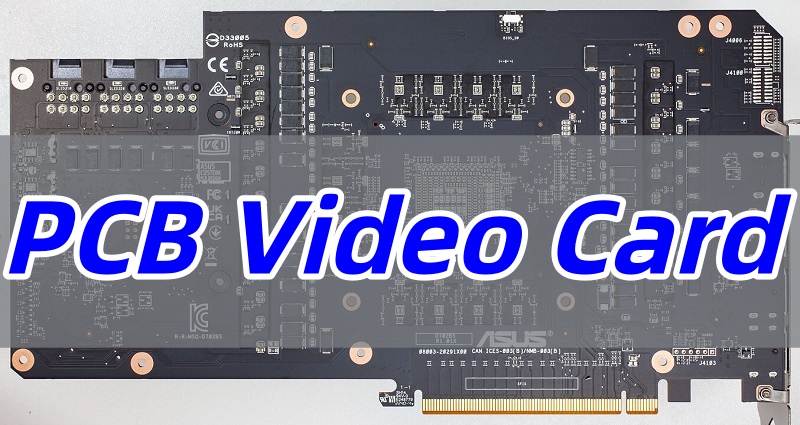
What is a PCB Video Card?
In essence, a graphics card is a highly specialized printed circuit board. When people ask, “‚Äčwhat graphic card do‚Äč?” or “‚Äčwhat is another name for a video card?‚Äč‚Äč”, the answers‚ÄĒGraphics Processing Unit (GPU) card or display adapter‚ÄĒall refer to a component whose primary body is a PCB. This board integrates the core processor (the GPU), video memory (VRAM), power connectors, and output interfaces like HDMI and DisplayPort.
- ‚ÄčThe Core Components:‚Äč‚Äč The main elements on a PCB video card‚Äč are:
- ‚ÄčGPU Die:‚Äč‚Äč The central processing unit for graphics calculations, soldered onto the PCB.
- ‚ÄčVRAM:‚Äč‚Äč Memory chips placed around the GPU to store frame buffer and texture data.
- ‚ÄčVRM (Voltage Regulator Module):‚Äč‚Äč A critical sub-circuit that converts power from the ‚ÄčPCI express PCB video card‚Äč slot and external connectors into stable, precise voltages for the GPU and memory.
- ‚ÄčPCB Substrate:‚Äč‚Äč The layered fiberglass board that interconnects all components through intricate copper traces.
- ‚ÄčThe PCB as the Foundation:‚Äč‚Äč So, ‚Äčis a video card a circuit board?‚Äč‚Äč Absolutely. The PCB is not just a passive carrier; its quality dictates the electrical integrity, thermal performance, and physical durability of the entire card. A well-designed ‚Äčvideo card circuit board‚Äč is what allows a high-end GPU like the ‚ÄčRTX 4090‚Äč to reach its full potential.
In summary, the PCB is the essential foundation that determines the capability and reliability of any graphics card.
What is the Difference between Graphics Card and PCB Video Card?
This distinction is subtle but important.
- “Graphics card” is the common term for the complete, ready-to-use product, including the PCB, all mounted components, and the cooling solution (fans and heatsinks).
- “‚ÄčPCB video card‚Äč” specifically refers to the bare printed circuit board assembly before the cooler is attached. It highlights the importance of the board itself.
For example, when comparing a founder’s edition card to a third-party model, the difference in performance often comes down to the ‚Äčcustom PCB video card‚Äč design used by the board partner.
What is the Difference between 3080 and 3090 PCB?
The 3080 PCB and 3090 PCB are the printed‚ÄĎcircuit‚ÄĎboard designs used in NVIDIA‚Äôs GeForce RTX‚ÄĮ3080 and RTX‚ÄĮ3090 graphics cards, respectively, housing the GPU, memory modules, power delivery circuitry, and related components.
While both are high-end cards from the same generation, the ‚Äč3090 PCB‚Äč is typically more robust to support its higher power demands and additional VRAM.
- ‚ÄčSize and Layers:‚Äč‚Äč The ‚Äč3090 PCB‚Äč is often larger and may use more layers to accommodate a more complex ‚Äčvideo card PCB layout.
- ‚ÄčPower Delivery:‚Äč‚Äč The ‚ÄčGPU VRM‚Äč on a 3090 is usually more substantial, with more power phases to deliver cleaner power to the larger ‚ÄčGPU die‚Äč under extreme loads.
- ‚ÄčMemory Configuration:‚Äč‚Äč The most obvious difference is the presence of VRAM chips on both sides of the ‚Äč3090 PCB, requiring a more intricate design and better cooling on the backplate side.
How Does a GPU Video Card Work Inside a Modern Computer System?
A GPU video card‚Äč acts as a specialized parallel processor, dramatically accelerating the complex calculations needed for graphics rendering. Its operation within a modern computer is a coordinated process involving several key steps, all dependent on the quality of the underlying ‚ÄčPCB video card.
- ‚ÄčInstruction Reception (CPU to GPU):‚Äč‚Äč
- The process begins when the central processing unit (CPU), running the application and operating system, determines what needs to be displayed.
- It sends a set of rendering instructions (draw calls) and data to the graphics card via the PCI Express (PCIe) bus.
- ‚ÄčParallel Processing (The GPU’s Core Function):‚Äč‚Äč
- Unlike a CPU with a few powerful cores, the ‚ÄčGPU video card‚Äč contains thousands of smaller, efficient cores designed for parallel processing.
- These cores work simultaneously to execute complex calculations for:
- ‚ÄčGeometry:‚Äč‚Äč Transforming 3D vertex data and applying perspective.
- ‚ÄčShading & Texturing:‚Äč‚Äč Calculating color, lighting, shadows, and applying surface details (textures) to pixels.
- ‚ÄčData Storage (Frame Buffer in VRAM):‚Äč‚Äč
- The processed image data, which forms the final frame, is stored in the card’s dedicated, high-speed Video RAM (VRAM).
- This dedicated memory is crucial for storing high-resolution textures and frame buffers without bottlenecking the system’s main RAM.
- ‚ÄčOutput to Display:‚Äč‚Äč
- Once a frame is rendered and stored in VRAM, it is read by the card’s display controller.
- The data is then converted into a signal and transmitted through an output port (HDMI, DisplayPort, etc.) to your monitor.
The entire operation relies on the ‚ÄčPCB video card‚Äč to act as the central nervous system. It provides stable power to the ‚ÄčGPU die‚Äč and VRAM through its ‚ÄčGPU VRM, and ensures flawless, high-speed data pathways between the GPU, VRAM, and the PCIe slot. A poorly designed or manufactured PCB can lead to data errors, power instability, and ultimately, degraded performance or system crashes.
In summary, the ‚ÄčGPU video card‚Äč works by offloading parallel processing tasks from the CPU, handling them with extreme efficiency, and relying on its high-quality PCB foundation for power, connectivity, and stability.
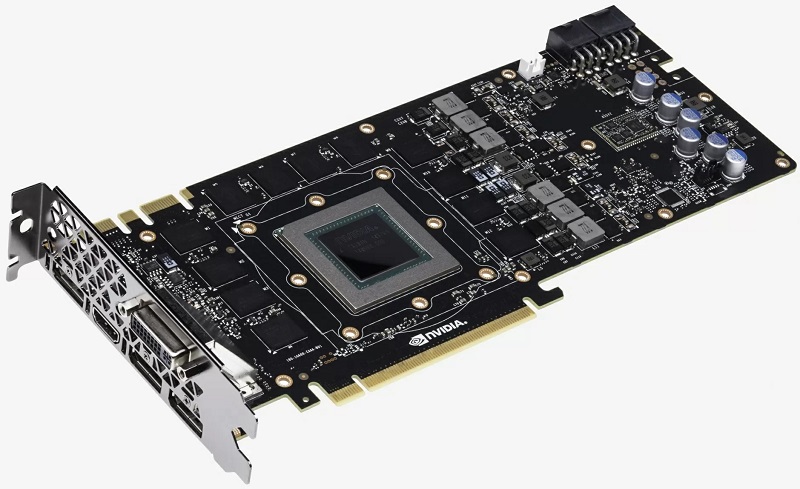
Why Custom PCB Video Card Designs Matter for Performance and Cooling?
Off-the-shelf ‚ÄčPCB video card‚Äč designs from GPU manufacturers like NVIDIA or AMD are adequate, but ‚Äčcustom ‚ÄčPCB video card‚Äč designs from partners like ASUS or MSI are where true innovation happens. These custom designs are crucial for pushing performance and cooling beyond reference limits.
- ‚ÄčEnhanced Power Delivery:‚Äč‚Äč Custom boards often feature superior ‚ÄčGPU VRM‚Äč designs with higher-quality components and more phases. This allows for more stable power delivery, enabling higher overclocks and better performance under sustained loads.
- ‚ÄčOptimized Cooling Solutions:‚Äč‚Äč The ‚Äčvideo card PCB layout‚Äč is directly tied to cooling. Custom PCBs can be designed with specific mounting holes for larger, more efficient heatsinks. They can also position hot components like VRMs and VRAM to be better covered by the cooling apparatus, reducing overall temperatures.
- ‚ÄčForm Factor and Aesthetics:‚Äč‚Äč Custom designs allow for unique card sizes, from compact ‚Äčunder 6 in long PCB video card‚Äč models for small form-factor PCs to massive ‚Äčover 9 in long PCB video card‚Äč beasts with triple-fan coolers. This also includes aesthetic choices like a ‚Äčwhite PCB video card.
In short, a custom PCB is the key to unlocking higher, more stable performance and achieving superior thermal characteristics.
What Can Video Card PCB Layout Tell You About Power Delivery and Signal Integrity?
The ‚Äčvideo card PCB layout‚Äč is a blueprint of the card’s quality. A poor layout is a major red flag, while a good one indicates a well-engineered product.
- ‚ÄčPower Delivery:‚Äč‚Äč A high-quality layout uses thick, short traces for power delivery paths to minimize resistance and inductance.
You’ll see a clear, organized ‚ÄčGPU VRM‚Äč section with power phases evenly distributed.
This ensures minimal voltage droop when the ‚ÄčGPU die‚Äč demands sudden high current. - ‚ÄčSignal Integrity:‚Äč‚Äč For high-speed signals like those between the GPU and VRAM (which can exceed 20 Gbps), trace length matching is critical.
The ‚Äčvideo card PCB layout‚Äč must ensure that data signals arrive simultaneously.
Improper layout can lead to data corruption, artifacting, and failure to achieve rated memory speeds.
In essence, analyzing the PCB layout reveals whether the manufacturer has invested the engineering effort needed for stable operation, especially on high-end cards like the ‚ÄčRTX 4090.
How Video Card PCB Reference Helps Manufacturers Maintain GPU Quality and Compatibility?
A ‚Äčvideo card PCB reference‚Äč design is a blueprint provided by the GPU creator (e.g., NVIDIA) that specifies the exact layout, component placement, and electrical parameters. This “golden sample” ensures compatibility and baseline performance.
- ‚ÄčEnsuring Compatibility:‚Äč‚Äč It guarantees that the card will function correctly with the GPU and fit standard cooling solutions.
- ‚ÄčAccelerating Development:‚Äč‚Äč Board partners can use the ‚Äčvideo card PCB reference‚Äč as a starting point, reducing development time.
- ‚ÄčMaintaining Standards:‚Äč‚Äč It sets a baseline for quality and performance that all manufacturers must meet, ensuring a consistent user experience across different brands.
While partners often create their own custom designs, the reference design remains the foundation upon which all compatible cards are built.
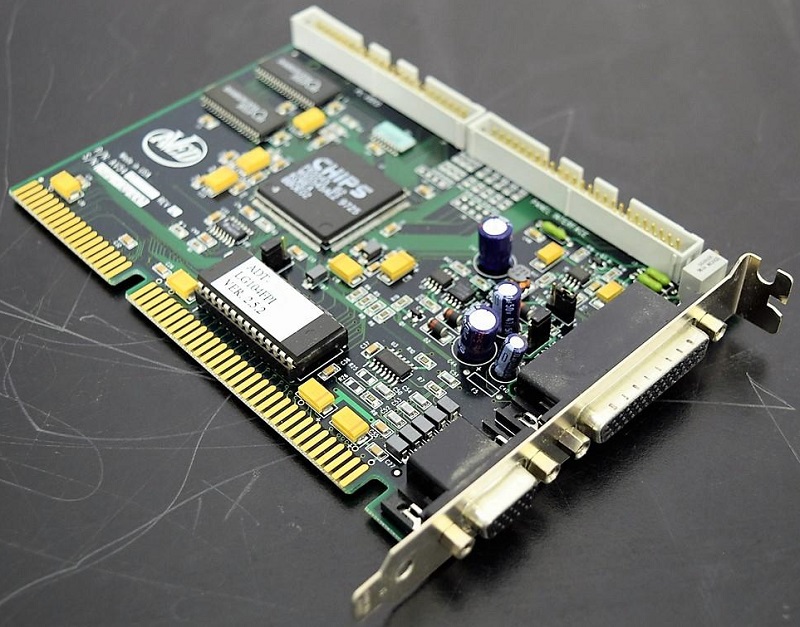
Is a White PCB Video Card Better for Heat Dissipation or Just an Aesthetic Choice?
A ‚Äčwhite PCB video card‚Äč is predominantly an aesthetic choice.
The color of the solder mask (the outer layer of the PCB) has a negligible impact on heat dissipation. Thermal performance is primarily determined by the PCB’s internal construction (number of copper layers, use of thermal vias) and the effectiveness of the attached cooling solution.
However, a ‚Äčwhite PCB video card‚Äč often signifies a premium product line where manufacturers may also use higher-grade components and more robust construction, but the color itself is not a functional thermal feature.
Why High-Quality PCB Manufacturing Matters for Reliable PCB Video Card Performance and Longevity?
The ultimate performance and stability of a ‚ÄčPCB video card‚Äč are inextricably linked to the quality of its manufacturing. A flawless ‚ÄčGPU PCB schematic‚Äč is worthless if it’s not executed with precision.
- ‚ÄčMultilayer Boards and Impedance Control:‚Äč‚Äč High-end cards require complex, multi-layer PCBs. Precise manufacturing ensures proper lamination and controlled impedance for high-speed signals like ‚ÄčPCIe‚Äč and memory interfaces, preventing data errors.
- ‚ÄčThick Copper for Power Delivery:‚Äč‚Äč Using thick copper layers (2oz or more) in the PCB is essential for the high-current ‚ÄčGPU VRM‚Äč circuits, reducing resistance and heat generation in the power delivery pathway.
- ‚ÄčPrecision SMT and BGA Soldering:‚Äč‚Äč Components like the ‚ÄčGPU die‚Äč (a BGA package) and VRAM chips require extremely accurate soldering. Voids or poor connections can lead to fatal failures under thermal stress.
- ‚ÄčQuality Materials:‚Äč‚Äč Using high-Tg (glass transition temperature) substrates prevents the PCB from warping (video card pcb bend) under high operating temperatures, ensuring long-term reliability.
This is where a circuit board manufacturer’s expertise is critical. At BEST Technology, our certifications like ISO13485 and IATF16949, combined with rigorous process control, MES traceability, and advanced SMT lines, guarantee that every ‚ÄčPCB video card‚Äč we produce meets the highest standards for performance and longevity.
To conclude, a ‚ÄčPCB video card‚Äč is the critical foundation that determines the stability, cooling, and overall lifespan of your graphics hardware. Understanding the factors that contribute to a high-quality PCB‚ÄĒfrom its layout and components to its manufacturing standards‚ÄĒempowers you to make informed decisions, whether you are a gamer, a miner, or a system integrator.
At BEST Technology, our expertise in manufacturing thick copper substrate PCB, complex, high-performance, multilayer RF PCB ensures that your designs will perform as intended, every time. For a ‚ÄčPCB video card‚Äč built to the highest standards, pls feel free to contact our team at sales@bestpcbs.com.



